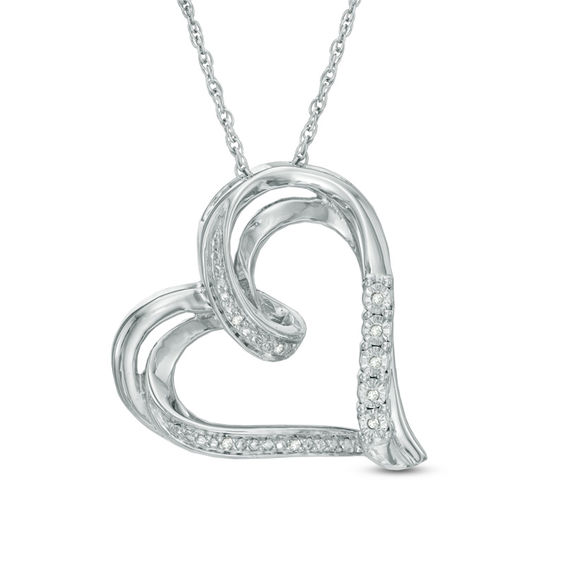To be perfectly honest your comment is extremely thought-provoking. After all, I just finished a six week course from Christie's on the history of jewelry design (thought provoking but grossly overpriced). I've been deep-diving into the history of watch brands. And I've been carefully studying the way people who sell luxury products (let's define "luxury product" as anything that costs substantially more than the commodity average) get their money. On the one hand, we have Mellerio. Mellerio dits Meller is currently run by the fourteenth generation of Mellerios. They were given their license to trade by Louis XIII after the original Mellerios, a bunch of Italian chimney sweeps, uncovered a plot to kill him by listening at chimneys. Their previous clients include Marie Antoinette and Princess Josephine. They have design books of leather and parchment in their archives that were two hundred years old when they moved to their current address two hundred years ago. Their address hasn't changed since The Terrors. They aren't on the Place Vendome because the Place Vendome is a hundred years younger than they are. You want "stories?" Mellerio haz stories. Compare and contrast with JAR. JAR is Joel Arthur Rosenthal. He was born in New York in 1953. He didn't get into jewelry until about '77. So he's gotta create this massive mystique - they're never open, they're on the Place Vendome but there's no sign on the door, you have to knock and have an appointment, you have to have pre-arranged what you want to look at, they've only had two gallery exhibitions and the invitations were harder to come by than the Met Gala, and they're so fucking exclusive that even Christie's couldn't get an interview. Meanwhile, what their brand reps push is how much fucking money their shit costs. It's fair to say I've been studying rich people for ten years. It's entirely possible that this is one of the most formative exchanges I've ever had, where I was forced to defend a luxury product I'd purchased against complaints against elitism and excess. Because here's the thing: There are people who actually care about narrative and there are people who know they're supposed to care about narrative. The narrative is largely social signaling, sure. But a true narrative ends up being easier to defend than a false one. If you are an actual rich person walking around drinking vodka gimlets with other actual rich people while your loved ones are off shooting a brace of ducks and discussing the Fed, you need an actual Van Cleef & Arpels Alhambra necklace because they all know what they look like, they all know what they cost and they all know that owning one means you are of a certain economic status. As pointed out here The Romans used to walk around with keys on their fingers so that their friends knew they had something worth locking up. Now - if you're hanging out at the Garden Show drinking your beer garden solo-cup strawberry margeritas while your husbands discuss the NFL draft, something that looks like a VC&A Alhambra will likely do. After all - who would pay $600 for a necklace that doesn't even have a diamond in it? You know that rich people wear them because you found it in a jewelry store and you saw an ad that one time you read the Architectural Digest at the doctor's office. And maybe next year you'll let Josh buy that BMW 3-series he keeps wanting if he ends up getting the raise because then you'll get something nice from Zales. Jay-Z tells a story - we have only Jay-Z's word on this - of being mugged with a friend. Both got their watches stolen. The friend's Rolex was gone forever but as they were walking, Jay-Z found his Patek Philippe in the street. Rolex, after all, is one of the world's most recognizable brands. But Rolex, after all, is considered "entry level" by the luxury market. The Kickstarter Culture of watches tells stories performatively. They know that they only need to do a sketch of the signaling to satisfy the purchase instincts of people who will buy a watch off Kickstarter. The Luxury culture, on the other hand, knows that they need to do a really good job of convincing you that they have the right to drag a 200-year-old name out of history and stand it up as if they didn't reheat it in 2002. But the story better be good. And sometimes a good story is harder to tell than a decent watch is to manufacture.While “Bradley” of “Bradley’s men’s shop” may not be the most fleshed-out character, he – and the entire existence of Folsom & Co., Soficoastal, etc. – are examples of the now-household term, “brand storytelling.” And the internet makes it possible for anyone to tell any story, about anything, from anywhere.




And the internet makes it possible for anyone to tell any story, about anything, from anywhere.